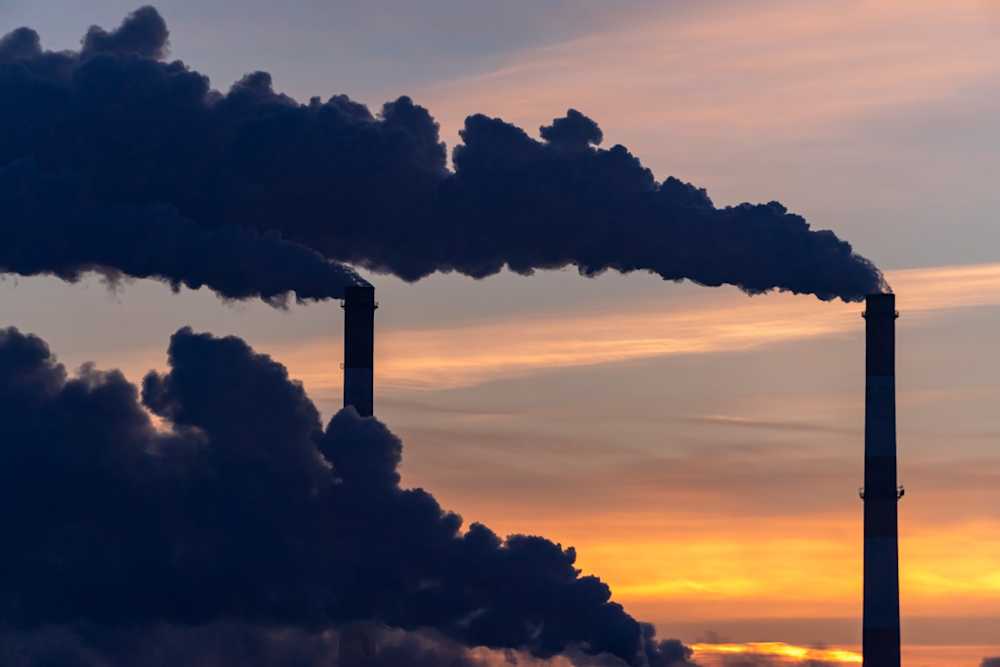Persistent Organic Pollutants (POPs) are organic chemicals that resist degradation, are widely distributed through natural processes, accumulate in living organisms, and are toxic to both humans and wildlife. They include intentionally produced pesticides and industrial chemicals, as well as unintentionally formed contaminants. Persistent exposure to POPs can lead to increased risk of cancer, birth defects, disruptions to the immune and reproductive systems, and damage to the nervous system.1
To manage the environmental and health hazards, POPs are regulated by the Stockholm Convention, an international environmental treaty that covers most of the world, and Regulation (EU) 2019/1021, which implements the treaty within the EEA.2
POP restrictions under the Stockholm Convention
The Stockholm Convention requires signatories to eliminate or restrict the use and trade of POPs, while still allowing exemptions in specific circumstances. The treaty covers the production, use, import, and export of POPs, grouping the substances into three broad categories:3
Intentionally produced POPs to be eliminated are listed in Annex A.
Intentionally produced POPs to be restricted are listed in Annex B.
Unintentionally produced (byproduct) POPs to be reduced or eliminated are listed in Annex C.
Some POPs may be produced purposefully and as byproducts of other processes, consequently falling into more than one category.
The Stockholm treaty became effective with 12 initial POPs in 2004, but it includes a mechanism for the parties to add more substances. Most recently, the agreement was amended in May 2023 with three POPs: methoxychlor, dechlorane plus, and UV-328.4 Chlorinated paraffins, LC-PFCAs, and chlorpyrifos are currently under review.5
Restrictions under the EU POP Regulation
POP restrictions specified in the Stockholm Convention are integrated into EU law by Regulation (EU) 2019/1021. Annex I to the Regulation largely corresponds to Annex A to the Convention, but provides some additional detail on exemptions and the limits for acceptable trace contamination levels. Examples of prohibited substances include the following PFAS compounds:
Perfluorooctanoic acid (PFOA), its salts, and PFOA-related compounds: Trace contamination must not exceed 0.025 mg/kg for PFOA and its salts and 1 mg/kg for related substances. There are derogations until July 2025 for fire-fighting foams, invasive and implantable medical devices, and certain semiconductor applications.
Perfluorohexane sulfonic acid (PFHxS), its salts, and PFHxS-related compounds: Unintentional trace contamination must not exceed 0.025 mg/kg for PFHxS and 1 mg/kg for related compounds.
Perfluorooctane sulfonic acid (PFOS) and its derivatives: PFOS may be considered an unintentional trace contaminant if concentrations are below 10 mg/kg in substances or mixtures or 0.1% by weight in semi-finished products. From 3 December 2025, the unintentional trace contamination limit will be lowered to 0.025 mg/kg for PFOS and its salts and 1 mg/kg for related compounds, making the limits consistent with those for PFOA.6
Other prohibited substances include short-chain chlorinated paraffins (SCCPs), which must not be present in substances or mixtures in concentrations above 1% by weight, and the pesticides DDT, aldrin, dieldrin, and chlordane, for which there is no acceptable trace contamination level. Polychlorinated biphenyls (PCBs) can be produced both intentionally and unintentionally, and are consequently listed in both Annex I and Annex III, the latter of which specifies the substances subject to release reduction provisions.
POP testing by EU regulations
Several test methods are available for persistent organic pollutant screening, depending on the specific POPs tested for and the sample matrix. To show that there is no significant contamination, the required detection limit is often in the parts per billion (ppb) range. Methods capable of reaching this level include high-resolution variations of gas chromatography-mass spectrometry (GC-MS) and liquid chromatography-mass spectrometry (LC-MS).
Measurlabs offers several services for POP testing, including screening for pesticide residues, PFAS, pentachlorophenol, dioxins, and PCBs. Contact us through the form below to request a quote or ask for more information. One of our experts will get back to you within one business day.
References:
1 See David O. Carpenter’s Health effects of persistent organic pollutants, published in the Reviews on Environmental Health.
2 See the Stockholm Convention on Persistent Organic Pollutants and Regulation (EU) 2019/1021.
3 The full text of the Stockholm Convention can be downloaded from the official website.
4 For brief summaries, see The 12 initial POPs under the Stockholm Convention and the new POPs under the Stockholm Convention.
5 Chemicals proposed for listing under the Convention.
6 See Annex I to the consolidated version of Regulation (EU) 2019/1021 for a full list of prohibited substances and exemptions. The Commission adopted a delegated regulation on 14 April 2025 to lower the limits for PFOS to match those for PFOA and to remove the last derogations for PFOS, as they are no longer deemed necessary.

